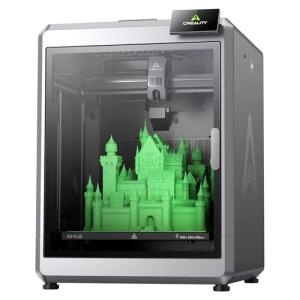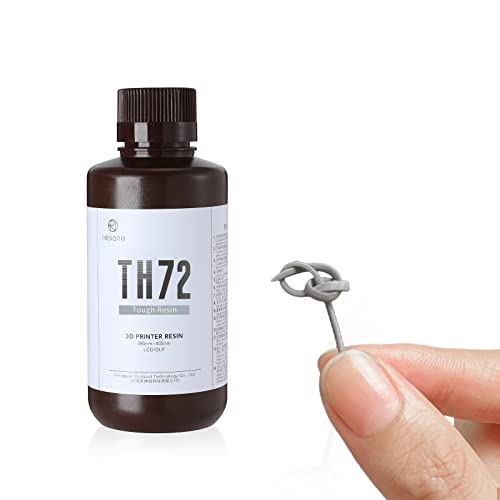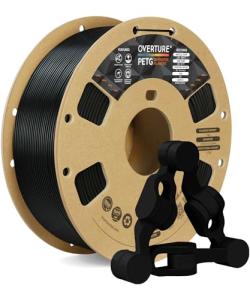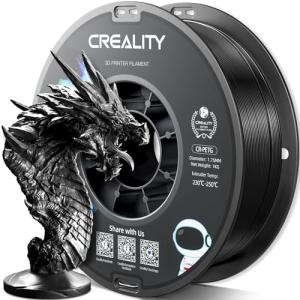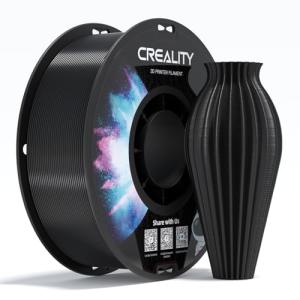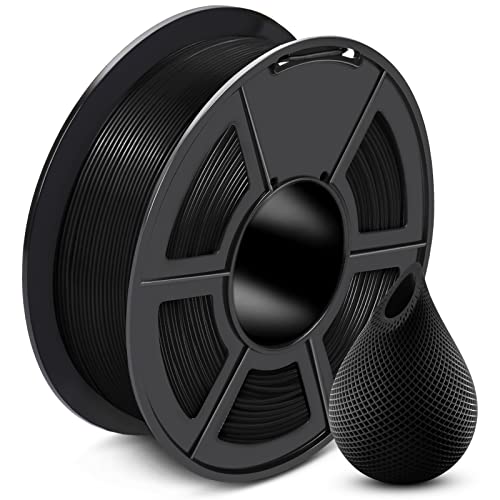If you’re diving into the world of 3D printing, getting started doesn't have to feel overwhelming. Let’s break it down into easy steps. First, you’ll need a decent 3D printer. Look for one that fits your budget and has good reviews. Brands like Creality or Prusa are often recommended for beginners because they’re user-friendly and reliable.
Next up is the software! You'll be using slicer software to turn your 3D models into instructions that the printer can understand. Popular options like Cura or PrusaSlicer are great for newbies. They usually come with tutorials, so you won't be figuring things out all alone.
Once you've got your printer and software ready, it’s time to find some 3D models. Websites like Thingiverse or MyMiniFactory have tons of free designs you can download. Don’t worry if you want to create something original; there are beginner-friendly tools like Tinkercad available for that too.
Finally, pay attention to the materials. Filaments come in various types like PLA, ABS, or PETG, and each has its quirks. If you're just starting out, PLA is usually a safe bet because it prints easily and is biodegradable. Make sure to read up on 3D Printing Tips as you go along; they can really streamline your projects and help you avoid common pitfalls.
Choose the Right Printer for You
Picking the right 3D printer can feel a bit overwhelming, but it doesn’t have to be. First off, think about what you want to create. Are you into crafting miniatures, making functional prototypes, or even printing your own tools? Different projects call for different machines, so it’s crucial to match your printer with your needs.
Next, consider your budget. You can find a solid entry-level printer without breaking the bank, but if you're looking for higher quality or specialized features, be ready to spend a little more. It's helpful to look at what other users say. Reviews can give you the scoop on how a printer performs in real-life situations.
Don’t forget about the ease of use, especially if you’re just starting out. Some printers come with user-friendly interfaces and features like auto-leveling that make the setup and printing process a breeze. Look for printers that have great customer support or active online communities. This can really help when you need some guidance.
Lastly, don’t skip the materials. Different printers work best with specific types of filament, like PLA, ABS, or PETG. Make sure your choice supports the materials you want to use for your projects. In this way, you’ll be all set to dive into those 3D printing tips and start creating awesome stuff!
Creality K2 Plus 3D Printer with Fast Multi-Color Printing
Experience vibrant, high-quality prints with lightning-fast color change capabilities
Product information
$999.00
Product Review Score
4.74 out of 5 stars
214 reviewsProduct links
Design Tips for Stunning Prints
Getting great results from your 3D printer is all about the design. A few simple tweaks can turn your basic idea into a stunning print. Let’s dive into some 3D printing tips that can help you design like a pro.
First off, pay attention to your model's support structures. If your design has overhangs, adding support can make a huge difference. You want to reduce the chances of those tricky parts sagging or collapsing during printing. Tools in your slicing software can help you figure out the best support settings. Don't skip this step if you want clean, professional-looking results.
Next, think about the thickness of your walls. If they’re too thin, your print could end up weak and flimsy. A good rule of thumb is to make walls at least 1.2 millimeters to ensure durability. Also, consider the fill density. A higher fill percentage generally gives you a sturdier print, but it also uses more filament and takes longer. Balance is key, so find what works best for your project.
Color choice matters too! If you’re adding multiple colors, plan out your layers carefully. It might be tempting to go wild with colors, but sometimes a more muted palette makes designs pop. Always keep in mind how colors blend. You want to enhance the design, not make it look chaotic.
Finally, don’t forget about scale! Before you hit print, double-check the dimensions. It’s easy to overlook sizing, especially if you’re excited. Double-checking helps avoid disappointing surprises later. Keep these 3D printing tips in mind, and watch your prints go from okay to amazing.
TH72 Flexible Tough Resin for Impact-Resistant Printing
Experience durable, flexible prints that can handle the toughest challenges
Product information
$28.99
Product Review Score
4.67 out of 5 stars
194 reviewsProduct links
Troubleshoot Common Printing Issues
If your prints aren’t turning out quite right, don’t sweat it! Many common issues can crop up, but with a little patience and a few simple fixes, you’ll be back to printing in no time. Here are some handy 3D printing tips to troubleshoot those pesky problems.
1. Warping: If your projects start to lift off the print bed, warping might be the issue. This often happens with larger prints. To avoid this, make sure your bed is level and use a heated bed if you can. You can also try using glue stick or a specialized adhesive on the build plate to help the print stick better.
2. Stringing: If you notice tiny strings of plastic connecting your model parts, it’s a common problem called stringing. This usually occurs when the nozzle oozes while moving. To help with this, tighten your retraction settings in the slicer software. Adjusting the temperature down a bit can also reduce this oozing.
3. Layer Misalignment: If your layers don’t align correctly or there’s a shift during printing, check for loose belts or pulleys. It’s easy to overlook these, but they play a big part in keeping everything aligned. Tighten them up, and your prints should start looking sharp again!
Keep these 3D printing tips in mind next time you hit a snag. Each of these fixes can help save your print and keep your projects on track! Happy printing!
